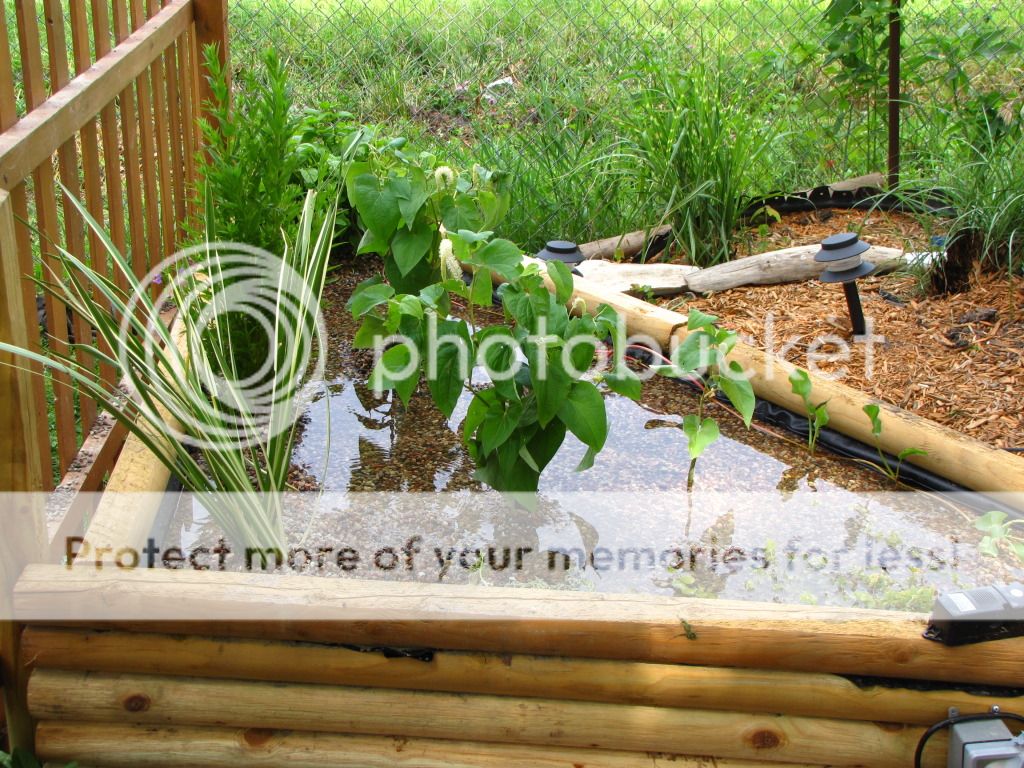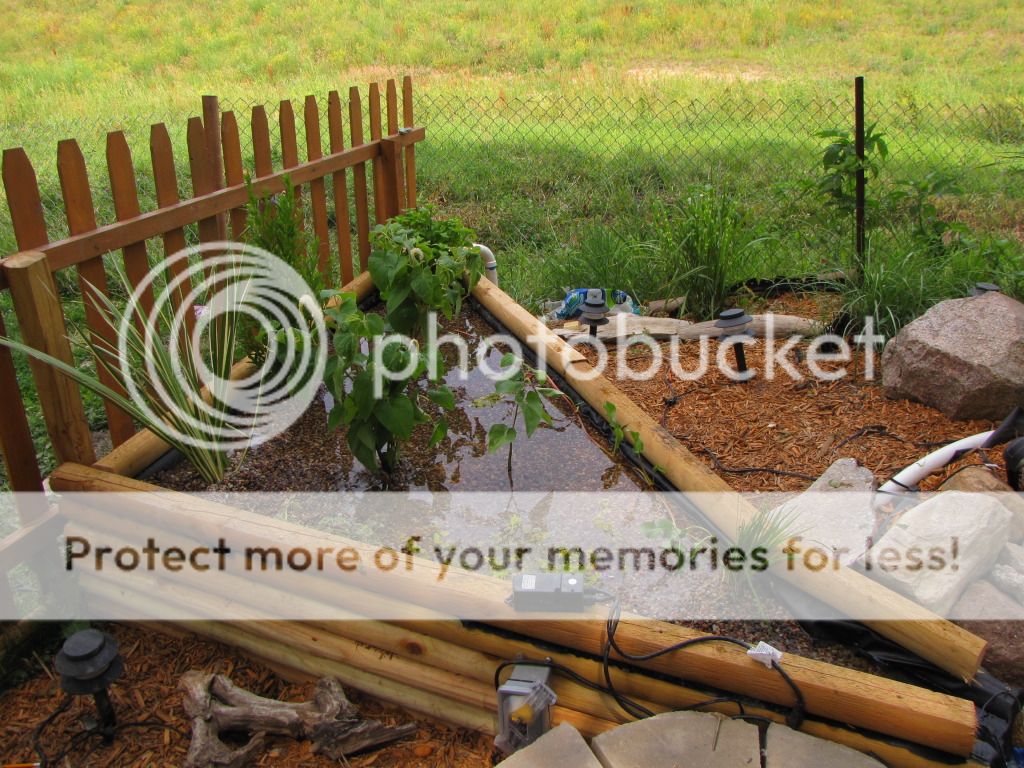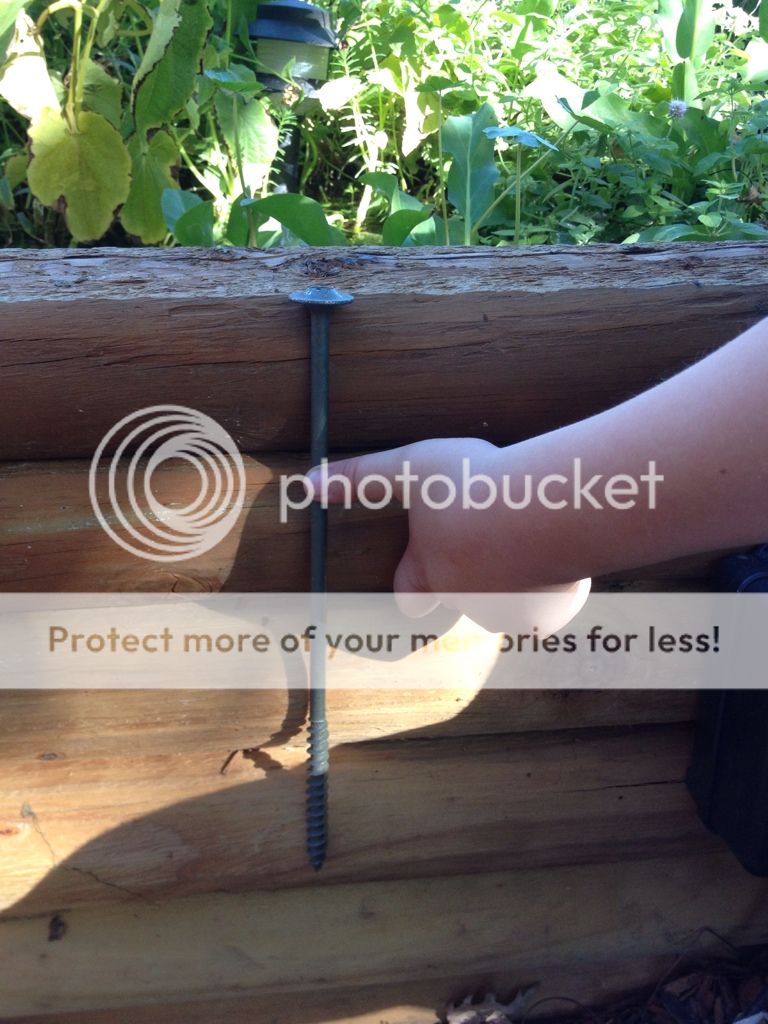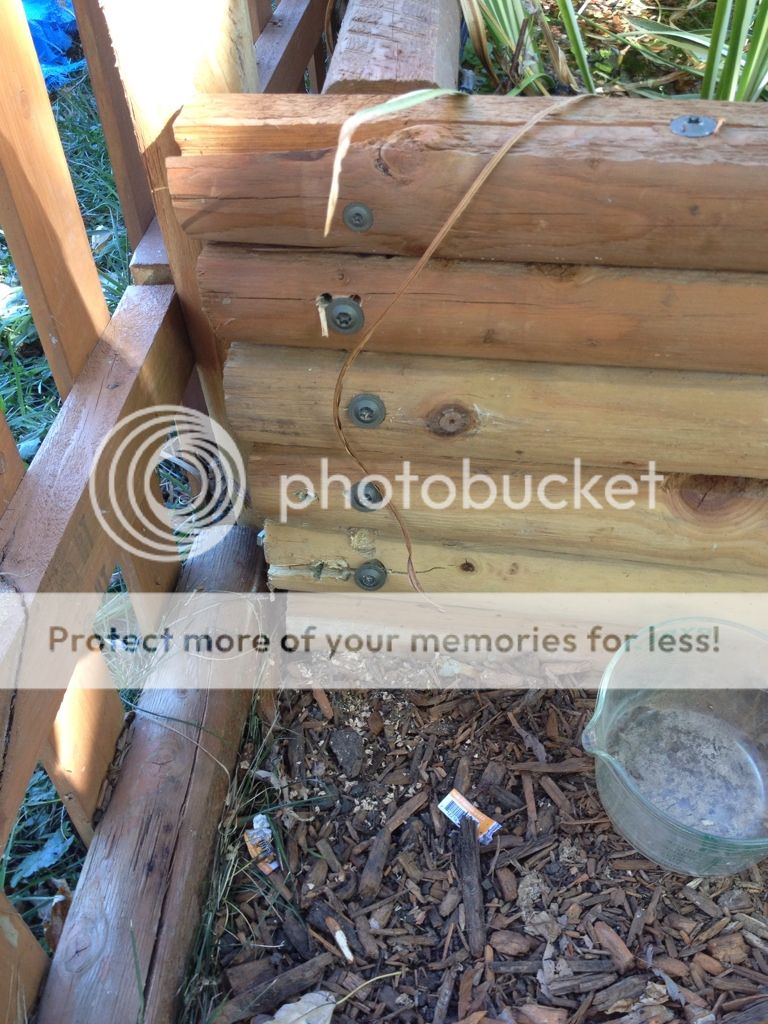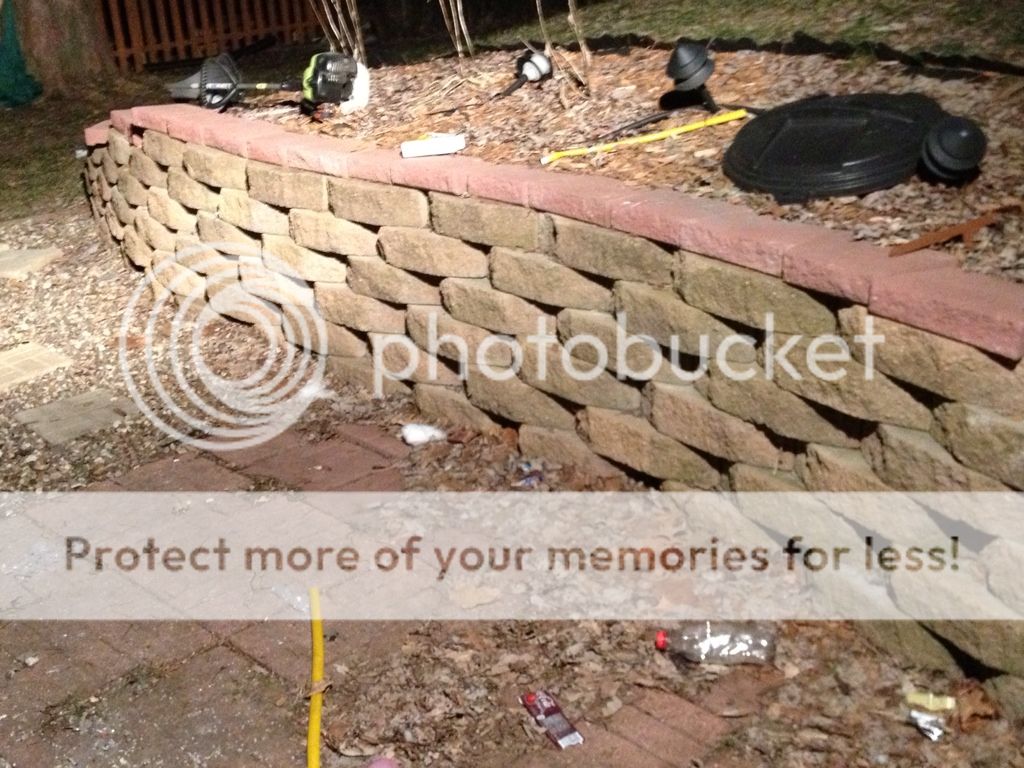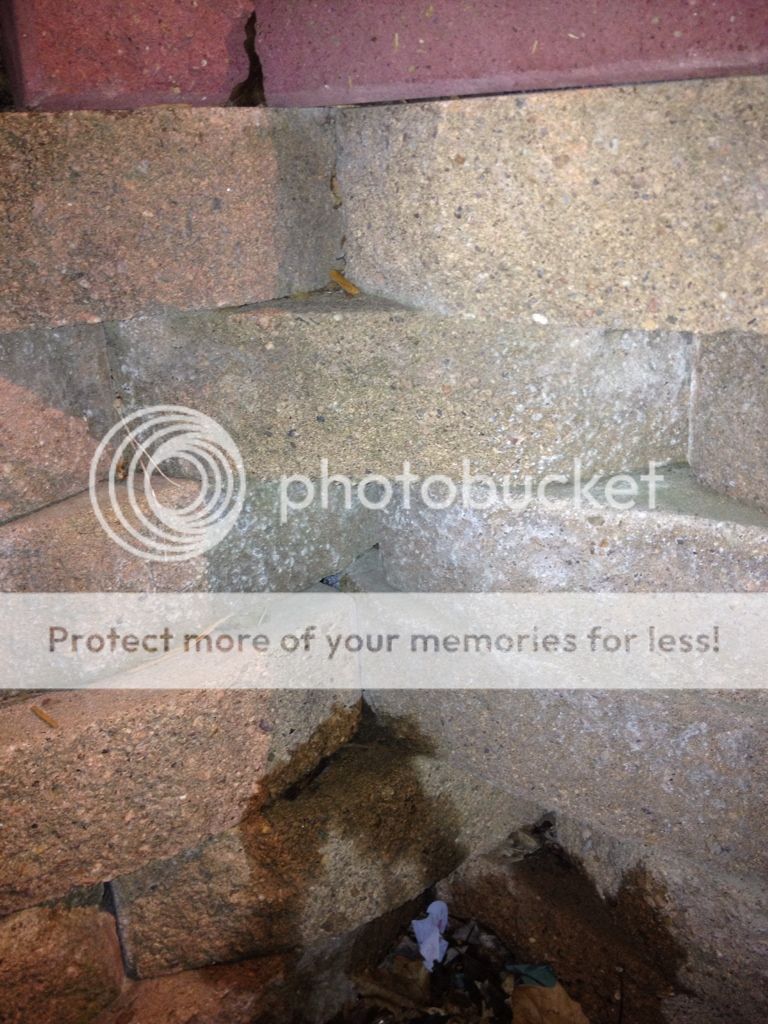My first thoughts were that the retaining wall would collapse outward, or just sink and fall down over time.
Yes, the pressure is outward. The end result is the wall moves outward. The actual pressures are more complex. For example pressure increases the deeper you go so the wall is being pushed out at the bottom, which can cause the top of the wall to move inward. But as the failure proceeds the structure of wall changes quickly as it breaks apart and pressures also change fast.
But a wall has to exert pressure back in the direction of the load to keep it from falling over.
A vertical wall doesn't exert any pressure backward. It's purely a strength thing, tensile and shear. For example the stacked blocks depend on friction of the blocks sliding (shear) and anything else like pins, adhesive, concrete lip on the block (tensile and shear). A hollow block filled with concrete has way higher tensile and shear strength than stacked block. Poured concrete with rebar has even more.
If the "load" is just dirt, and all it does is sit there, the pressures can equal each other out and the wall stands.
Yes. The pressure on both sides of the wall would just be air pressure. A brand new soil retaining wall generally holds back very little pressure. It's only later when soil is saturated or during earthquakes (
soil liquefaction) that the soil starts to really push against a wall.
But with a pond [or bog in this case] there is basically a big hole on the other side of the wall.
My earlier posts were only about the portion of a wall that was above ground. A hole with a liner generally needs no wall of any kind. This more true with soil sides that slope out, vertical are more prone to collapse. Even less likely for bogs because gravel locks together to some degree and doesn't want to move out of the way like water is happy to do.
I'll have a liner in mine and it will contain gravel and water. But won't there be an inside-the-wall pressure or force tugging at the walls via the liner, wanting to pull them toward the center? When I visualize a hole with a wall around it, I see "wall" being pulled inward.
Not really, if I'm following you. Water pushes the liner against the soil. It would take a lot of pulling to overcome that friction. Liner would rip before overcoming that friction I think. Liner is "glued" to the soil.
So that's where the rebar & cement come into play, stabilizing this wall?
It resists both inward and outward pressure.
So what exactly DOES happen when a wall like this fails? What are the forces that cause it to fail? And how do certain practices keep it from happening?
It depends on the application and material. To answer the question fully requires 4 years at university. To answer it simply would be kind of lame, which is the only way I could because I only have a slight understanding of the basics. I think it's easier to look at other failures because the same issues come up over and over.
That's why I rely on documented standard building practices. Someone else (actually thousands of people) have already done the work for me and if they say a 3' high (above ground) wall must be built 1,2,3, I build it 1,2,3. Uncle Ernie will tell me "Oh you can skip step 2. I did and never had a problem". I just get Uncle Ernie another beer and "waste my time" and do step 2 anyways. I have no idea if Uncle Ernie is right or not. How could I? I mean I could listen to my gut, but that's pretty lame. My gut sure isn't a Structural Engineer. For sure I know Uncle Ernie doesn't know if he's right or not, he just thinks he's right. There's a difference.
Or I might be Uncle Ernie and skip step 2. But I don't kid myself in to thinking I know better than the thousands of engineers who figured this all out for me. I cut corners to save time/$$$, but I'm clear I am cutting a corner. I think where people get into trouble is thinking they just intuitively know stuff and cutting one corner leads to cutting another, and another until you really do have a problem.
Here's an example from another forum. Not important who, WE ALL cut corners before we learn better.
In this case 3 standard practices were skipped. No rebar. Adjacent vertical joints not staggered. Cores not filled with concrete. If I remember right rebar was used in other parts but corners require the blocks to be cut so horizontal rebar can pass thru. Skipping that step, lead to not being able to use rebar, which lead to failure. Sneaks up on you. And the builder didn't realize how weak corners are to start with.
BTW, this picture also shows, at least to me, the problem with stacked landscape block for an above ground pond/bog. The biggest weakness is the corners. Soil retaining walls don't have corners. This can be reduced by making the structure a circle, but the basic weakness is stiil there. Landscape blocks have nothing in the vertical joint to hold blocks together. Even the wall in the picture had a little mortar. Landscape block would only have it's mass which isn't much compared to the water mass.
The pond in the picture was fixed by wrapping the walls in steel. The same could be done with landscape block, but pretty expensive imo.








